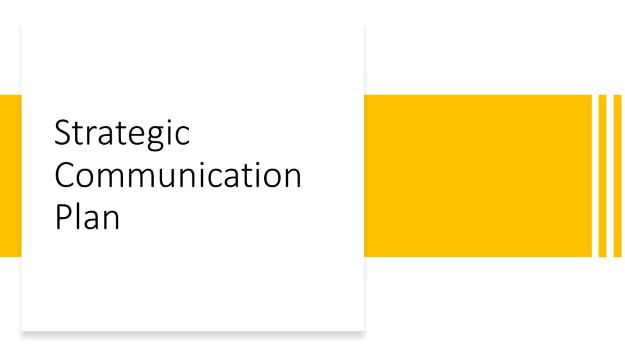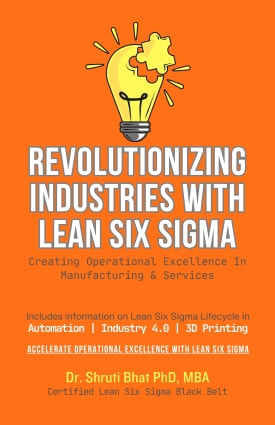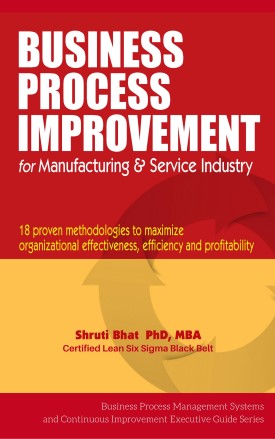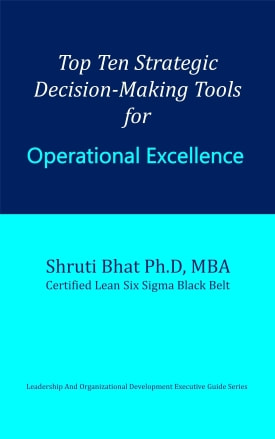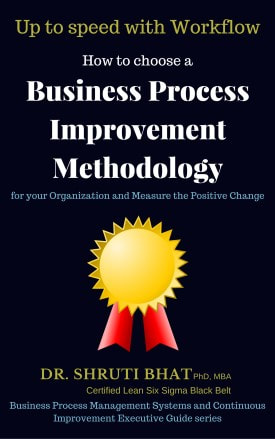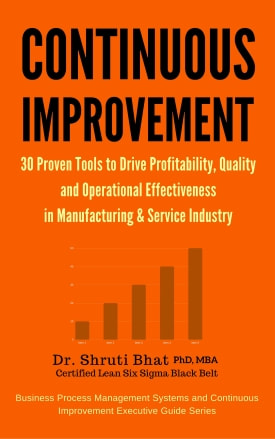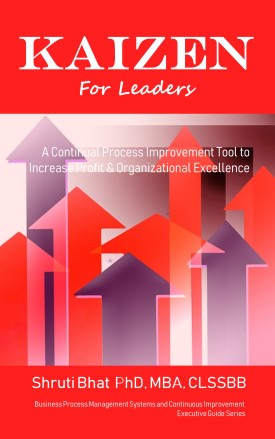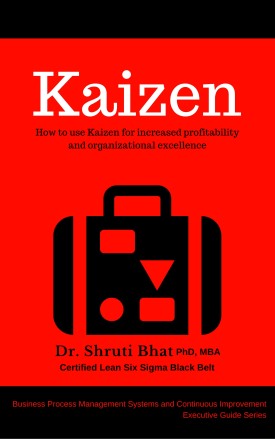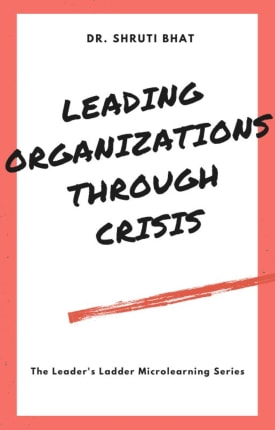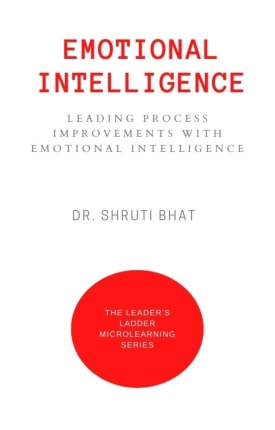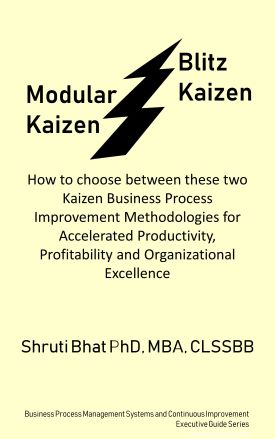A strategic communication plan helps change leaders to navigate existing processes or create new ones. For example, if you're a new CEO, you'll need a roadmap to help you chart your course. According to media experts, the secret to effective communication is engaging your leadership team in a conversation and using simple messaging.
In this post I shall highlight few key aspects for creating an effective strategic communication plan which could help you in creating one for your work situation, so read on...
Understanding the link between message and organizational goals-
Understanding the link between message and organizational goals is a key element of strategic communication for leaders. Unless the core message reflects the organization's vision, change efforts will be mediocre and ineffective. In addition, poorly framed and communicated messages can muddy the overall effectiveness of a company. In order to create a strategic communication plan (SCP), leaders should consider the following key components:
The first step is to evaluate the existing communication systems and channels. While some organizations may have an elaborate electronic database, others might prefer a more personal face-to-face channel. By examining communication issues, leaders can develop a more effective communication strategy and determine what types of messages should be sent to different segments of employees.
Once an organization has identified its key stakeholders, it must decide which messages are appropriate for each group, which mediums will be most effective, and what messages will achieve the most impact. A strategic communication plan can only be effective if it reaches its intended audience. For this, it must first identify the stakeholders that will be affected by the strategic communication goal, which can include employees, citizens, and lawmakers.
Creating a culture of straightforward communication-
Creating a culture of straightforward communication for leadership is vital for the success of any organization. Employees of all levels perform better with a clear vision and an open culture of communication. Clearly communicating expectations for work quality and pay grade is an effective way for leaders to achieve this. People want to be honest and transparent with their employers.
One of the effective ways of doing this is to host multiple forums for employees to keep in touch. For instance, you (the leader) could conduct a "birthday chat" every other month, where you could speak to employees directly, without the usual senior management presence. Also, you could record a video blog once a month and share it with your workforce. Such communications give leaders a chance to speak directly to their employees, and it builds trust.
Another way to foster effective communication is to invite the team members to share their ideas and feedback with you. While you are the leader of the company, you are not the one who needs to tell everyone what to do. You need to listen to everyone. This will lead to better decisions.
Developing a communication plan-
The first step in developing a communications plan for business leaders is to define the goal of your plan. Once you have this, you can decide which messages to communicate and how you'll get your message across. The next step is to outline a timeline, create a communications editorial calendar, and determine the channels and metrics you'll use to measure your communications strategy.
A communication plan should target key constituents, based on their needs and interests. It should not focus on what they don't need to know, but it should ensure that everyone receives the same big picture message. To ensure that everyone is getting the same information, you should periodically survey the key stakeholders to see if they have any questions.
- Best Practices of Giving Feedback to Your Subordinates and Peers
- Best Practices of Giving Feedback to Your Seniors and Top Management
Communication management is essential for the development of a strong organizational culture. It helps retain and promote top talent, boost employee engagement, and enhance innovation. In order to improve your company's culture, you should invest in an executive communications plan. The plan should be integrated into the overall communications strategy and work closely with the larger communications team, human resources and sales and marketing leaders.
In addition to the goal, your communication plan should outline how you'll communicate with your team. It's important to identify which channels are appropriate for different types of communications, such as email and video conference. It's important to note that some methods are more effective than others, and that you need to choose the right method for your needs.
Developing a communication plan is an ongoing process. As with any other strategy, you'll need to modify it from time to time as you learn more. Creating a plan will help you refine your message and make it more effective and efficient. It will also save you time later on.
Tools for evaluating effectiveness of communication-
In evaluating the effectiveness of strategic communication, it is critical to identify and address the most significant issues. Often, internal communications teams face the challenge of proving their impact on business results. This challenge is compounded by the fact that communication does not happen in a vacuum, and its impact is difficult to isolate from other factors. However, with the use of communication analytics tools, it is possible to ensure that the communications being sent to employees are effective long term.
Measures like the engagement rate and open and click-through rates help measure the effectiveness of internal communications. These metrics give a clear understanding of how the communication campaign is impacting the target audience. The results of these measures can be used to adjust future communications, or to adjust the focus of current efforts.
Effective communication is a process of repeated messaging and requires a lot of effort. Organizations should communicate their strategic plans seven times across seven different mediums. These include brochures, speeches, newsletters, workshops, internal blog posts, and videos.
A key point to note is that, strategic communications plans must be aligned with the overall operational excellence goal of the organization. The purpose of communication is to influence the attitudes and behaviors of employees. To be effective, the communication program must be focused on achieving the key goals of the business. Benchmarking the current communications program and executing iterative process improvement regularly, is a good way to grow communication effectiveness over time.
Disclaimer- Suggestions given here are for educational purpose and not advice. Please follow applicable privacy laws and code of conduct best practices recommended by your workplace.
Related Reading:
- Up to speed with workflow- How to choose business process improvement methodology for your organization and measure the positive change.
- How to cut costs strategically using Kaizen
- Top Ten Strategic Decision-Making Tools for Operational Excellence
Follow Shruti on Twitter, YouTube, LinkedIn
Categories: Strategy | Operations | Leadership
Keywords and Tags:
#operationalexcellence #strategicplanning #strategymanagement #communicationplan #businesscomunication #managingchange #employeeengagement #processimprovement #creatingacultureoftransparentcommunication

